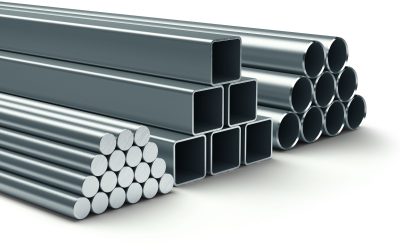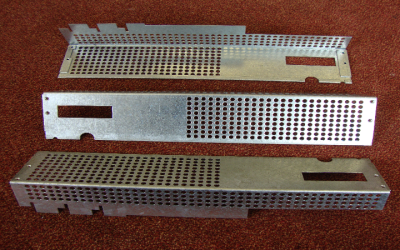Laser cutting utilizes a high-power laser, directed via optics and computer numerical control (CNC) to direct the material or beam. Normally, the cutting process utilizes a motion control system to follow a G-code or CNC of the pattern that is to be cut onto the material. The focused laser beam burns melts, vaporises or is blown through a jet of gas to leave a top-notch complete edge. The laser beam is made through the stimulation of lasing material via lamps inside a closed container and electric discharges.
Laser Cutting
The process can be broken down into three primary approaches: a CO2 laser, neodymium, and neodymium yttrium-aluminium-garnet. CO2 lasers pass a current via a gas mix or utilise the latest radio frequency energy approaches (RF-excited). The RF approach has external electrodes and hence avoids issues in relation to electrode erosion and plating electrode material on glassware and optics that can happen with DC, which utilizes electrodes inside the cavity.
Factors Affecting Laser Performance
Among the factors that impact laser performance is the type of gas flow. Popular variants of CO2 laser include slow axial flow, slab, transverse flow and fast axial flow. Fast axial flow utilizes a combination of CO2, nitrogen and helium at a high velocity by a blower or turbine. Slab resonators utilize a static gas field that needs no pressurisation, while transverse flow lasers utilize a simple blower to circulate the gas mix at a lower velocity.
Contact SAMS Fabrications Ltd at to learn more about laser cutting and don’t forget to follow them on Facebook.



